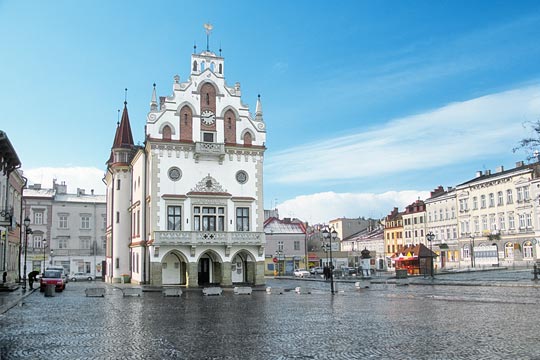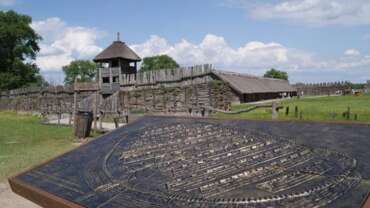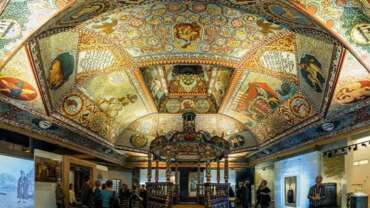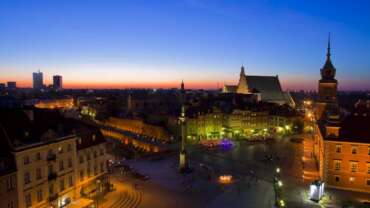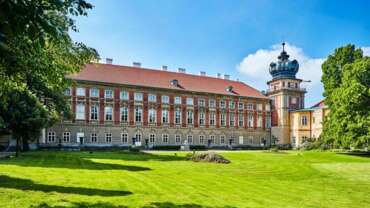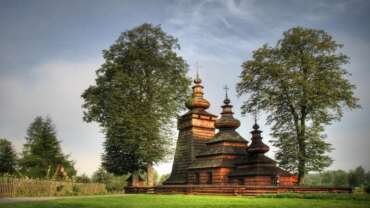Cities of Poland
The Main Cities of Poland
Gigantic metropolis, historic towns and villages of sentimental charm for which poems and songs have been written. Poland officially has a total of 887 towns. The largest is Warsaw, with a population of 1.7 million, while the smallest Polish town has just 884 inhabitants. The main cities are not only the capitals of their fast-developing regions, but also have their own unique character. Lodz is famed for its grand Piotrkowska Street and industrial sites of the 19th century. The city also offers Europe’s largest urban forest and Jewish cemetery.
Gdansk
Gdańsk is one of Poland’s oldest cities with a history going back a thousand years. It has an important place in Polish consciousness as the location of the start of World War II and where the fall of Communism in Central Europe began. This is where the famous Solidarity movement started, protecting worker’s rights and, later, the symbol of resistance against the People’s Republic.
Szczecin
Szczecin the historic capital of the West Pomerania region is situated at the beginning of the estuary of the Oder River (Odra), some 65 km from the Baltic Sea. Many centuries ago this region was the ducal territory of the aristocratic Griffin dynasty and the scene of stormy history which saw the numerous incorporations of Szczecin into other countries, Sweden, Prussia and Poland.
Zielona Gora
Tourists visiting this city will find many attractions here. The city boasts an abundance of history and tradition. Known also as the “City of Wine”, it certainly has a unique atmosphere. The picturesque Old Town and Wine Hill with its Palm House are only a few of the many sites that are associated with the history of the city and visitors are immediately captivated by its charm and the omnipresent grapevine motif.
Wroclaw
Wrocław is full of monuments of its thousand years of history. Today it is also one of the booming Polish cities.
Opole
The centre of Opole has preserved its historical urban layout which originated from the turn of the 12th and 13th centuries and is referred to as the Silesian chessboard.
Katowice
The city of Katowice is the centre of cultural and economic life in Upper Silesia (Gorny Slask), a region in south eastern Poland. A visit to Katowice is for those interested in an industrial environment, as this city is the cradle of Polish industry. Take a walk down its streets and you will see evidence of 19th century industrial buildings mixed together with more modern constructions.
Krakow
Krakow, famous for its priceless historical monuments of culture and art, is Poland’s former royal capital and one of the most attractive spots on the tourist map of Europe.
Krakow, the historic capital of the kings who resided at the Wawel castle, is today Poland’s cultural and entertainment centre – it contains one quarter of the country’s museums. The city’s bars and restaurants are too numerous to count.
In Wroclaw, apart from the historic buildings of Ostrow Tumski, the Church of St Elizabeth and the Leopoldynska Hall, you can also see the post-modernist Hall of the Century, a reinforced concrete structure which was the most contemporary building of its time.
The Polish urban landscape is created not only by the giant cities, but also – and maybe most especially – by smaller towns. The country’s small provincial towns were rudely dismissed by the poet Andrzej Bursa. Was he right? Absolutely not! These places are exceptional.
Kazimierz Dolny, a town beloved by artists on the Vistula river. Sandomierz, with its numerous monuments standing above a maze of cellars carved out of the rock. Suwalki, with a street lined with buildings from the time of the Congress Kingdom. The military town of Borne Sulinowo, which for 40 years was not shown on any Polish map.
Then there is Plock, with its Romanesque cathedral and castle on the high banks of the Vistula, and Pultusk, with the longest marketplace in Europe. Next we have Biecz, an architectural miracle dating back 400 years, built from the profits of the local trade in Hungarian wine. Finally, there is Chelmno, an exemplary Teutonic Order town, which has retained its medieval layout and has not been disfigured by modern architecture and is also a Mecca for lovers (relics of St. Valentine can be found there).
Rzeszow
Rzeszow has been a city welcoming to visitors for almost 700 years. Its oldest written records date back to 1354, when the medieval city Resovia was granted civic rights.
Lublin
Lublin through centuries has given a noble example of tolerance; the town has been inhabited by Jews, the Rusins from Belarusia, Ukraine, Lithuania, the native inhabitants of these lands, Protestants, Catholics and other nationalities.
Bialystok
The history of Białystok is strongly connected with the history of one of the most affluent families in the Republic of Poland, the Branicki family.
Olsztyn
Olsztyn is situated in the southern part of Warmia on the river Łyna, within the boundaries of Olsztyńskie Lakeland. There are 15 lakes situated within the borders of Olsztyn, among numerous frontal moraines which were formed during the last glaciations.
Kielce
Located in the heart of the Świętokrzyskie Mountains, Kielce is the economic and tourist center of the region. Many tourist trails linking monuments from different periods of Polish history cross in Kielce.
Lodz
Łódź, the largest city in Poland, aside from Warsaw, is a cultural phenomenon and a fascinating place inhabited by distinguished artists, scientists and industrialists. It is a modern city deeply rooted in tradition. A city of the multicultural heritage of Poles, Germans, Jews and Russians.
Poznan
Poznań is perceived as the historical capital of Greater Poland — a region in central-western Poland. In terms of population, it’s the fifth largest Polish city.
Bydgoszcz
The city with its centuries-old traditions is a popular tourist destination thanks to its attractive location on the river and canals running through its centre. Bydgoszcz places growing emphasis on water, since the daily life, cultural, sports and business activities of the city take place in the immediate proximity of the River Brda.
Toruń
The Old and the New Town in Toruń, with the Teutonic Castle, were entered on the UNESCO list of the most important historic sites of world cultural heritage in 1997.
Warszawa (Warsaw)
The capital of Poland is a meeting place for politicians, economists and artists of all nationalities. Warsaw’s 1.7 million inhabitants are known for their sense of humour and hard-working tradition. It took them 15 years, with the help of the entire nation, to rebuild their beloved city — 84% of which was razed to the ground during World War II.



